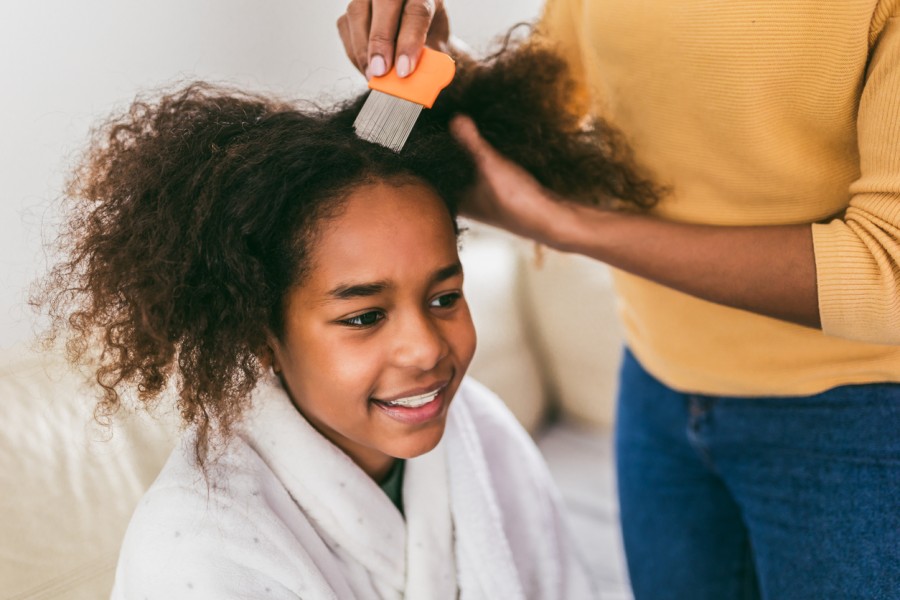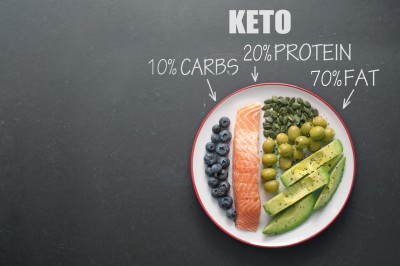Free shipping for orders over 39.00€
Nits and Head Lice Eggs

Nits are the eggs of head lice (Pediculus humanus capitis) and are a common problem, especially among school-age children.
Although small, they cause itching and discomfort, leading to concern for both parents and children.
What are nits?
Nits look like tiny yellow or brown spots and are firmly attached to the base of the hair shaft, close to the scalp, where the temperature is ideal for hatching. Lice lay their eggs on the scalp, ensuring warmth until they hatch.
Most people confuse nits with dandruff because of their similar appearance. However, nits have a hard shell that protects them from environmental factors and regular shampoos, which is why they cannot be easily removed by simple washing or brushing.
After hatching, the shell turns white and remains attached to the hair shaft, making identification easier. Even though they are smaller than lice, nits are more easily spotted because they are fixed firmly to the roots of the hair. Once laid, they need about 7–10 days to hatch, after which the empty shell stays stuck on the hair. [1]
Life cycle and development
A female louse can lay up to 8 nits per day, which hatch in about 6–9 days. The nymphs need a blood meal immediately after hatching and develop into adults within 7–10 days, ready to lay new eggs.
Adult lice can live up to 30 days on the head, while nits cannot survive away from the scalp, dying within a few hours or days. [2]
Key facts to know
-
The presence of nits is not linked to poor hygiene.
-
They spread easily through close contact or by sharing items such as combs, hats, or pillows.
-
Treatment requires monitoring for at least 2 weeks.
-
The whole family or close contacts must be checked and, if needed, treated at the same time.
To prevent re-infestation, family members of an affected person can use a lice shampoo containing pyrethrins or malathion once a week for 2–3 weeks, or use a daily herbal repellent shampoo.
It is also recommended to disinfect household items such as sheets and towels by machine-washing them at 90°C. Combs and brushes should be placed in hot water for at least 5 minutes. [1]
How nits are eliminated
Nits can be destroyed through:
-
Chemical treatments – disrupt the nervous system of lice or dissolve the nit shell.
-
Mechanical removal – regular combing with a fine-toothed comb.
-
Heat – washing clothes, bedding, and toys in hot water or using a dryer on high heat.
A combination of methods is most effective, since lice and nits are resistant. [1]
Prevention
Prevention remains the most effective way to avoid lice.
-
Avoid close contact between children.
-
Do not share personal items like combs or hair accessories.
-
Limit social interactions during treatment.
When one child in the family is being treated for lice, they should avoid close contact with siblings and family members, and the household should limit gatherings with others to prevent spreading lice further. [2]
Conclusion
Nits may seem small and harmless, but early recognition and treatment are crucial to stopping the spread of head lice. With proper care, a combination of methods, and preventive measures, nits can be eliminated, keeping the scalp clean and free of discomfort.






